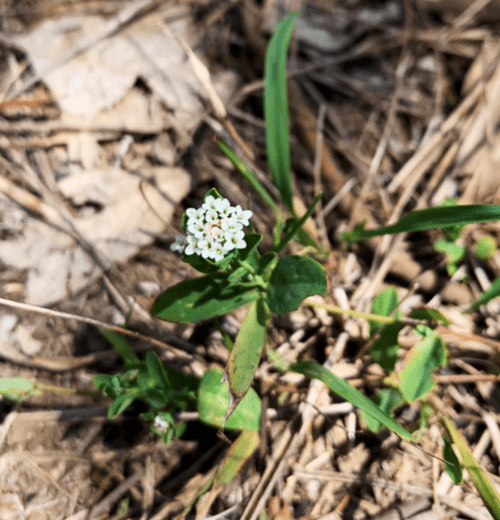Flora and Fauna Assessment report (FFA)
What is a Flora and Fauna Assessment Report (FFA)?
A Flora and Fauna Assessment Report (FFA) is a specialist consultant report that is sometimes requested to be submitted as part of a Development Application (DA). This report will identify native vegetation communities, threatened species, and associated habitat within your property. It will then assess the impacts that the proposed development will have on such ecological features. A Flora and Fauna Assessment may also include a Test of Significance (5-part Test) to determine if a development or activity is likely to have a significant impact on threatened species, ecological communities or their habitats.
We want to help you achieve DA approval!
Ecological Assessment Report
Bushland Assessment Report
Ecological Impact Assessment
Flora and Fauna Impact Assessment
The following reports (while named a little differently) serve the same purpose as a Flora and Fauna Report:
These reports all address the same thing, which is the ‘assessment of the potential impacts’ from your proposed DA upon fauna and flora or ‘biodiversity’ that are listed as ‘threatened’ under the New South Wales Biodiversity Conservation Act 2016 (BC Act) formally the NSW Threatened Species Conservation Act 1995 (TSC Act).
When is a Flora and Fauna Assessment Required?
The requirement for a Flora and Fauna Report comes from the NSW Environmental Planning and Assessment Act 1979 (EP&A Act) legislation that legally requires Council to give detailed consideration to the impact a development may have on native vegetation, threatened species, populations or communities. An impact assessment, known as the ‘Five-part Test of Significance’ or simply ‘5 Part Test’ (previously known as the ‘Seven Part Test of Impact Significance’ or simply ‘7-Part Test’), is included in the Flora and Fauna Assessment in line with the NSW Biodiversity Conservation Act 2016 (BC Act).
You may need a Flora and Fauna Report for a DA that involves demolition, construction, tree removal, subdivision or dam removal.
In order to find out if you need a Flora and Fauna Report for your proposed DA, get in contact with the planning department of your local council, or call us now on 02 9986 1295.
Councils often request a Flora and Fauna Report when the subject property is located within the ‘Terrestrial Biodiversity’ (or similarly named) mapping layer that forms part of Council’s ‘Local Environmental Plan’ (LEP). Many councils have their own guidelines for undertaking Flora and Fauna Reports, these often form part of the Council’s Development Control Plan (DCP). Most Councils only permit licensed and qualified Ecological Consultants (such as Narla Environmental) to prepare Flora and Fauna Assessments.
Who Can Prepare a Flora and Fauna Assessment Report?
Councils require that a suitably qualified person prepares the report, particularly:
The person is accredited (by the NSW Department of Environment and Conservation) or is a member of the Ecological Consultants Association (ECA);
The person has relevant experience and tertiary qualifications in the ecological, biodiversity or environmental fields;
The person possesses a NSW Scientific License; and
The person carries relevant insurances.
All of Narla Environmental’s staff meet these criteria and are fully qualified to undertake Flora and Fauna Assessment Reports throughout New South Wales.
What is included in a Flora and Fauna Assessment Report?
An FFA will address various environmental and biodiversity values of your property, and assess the potential impacts of the proposed development on those values.
Legislation
A Flora and Fauna Assessment will address all environmental legislation that pertains to your proposed development. This may include:
Environmental Planning and Assessment Act 1979 (EP&A Act)
Biodiversity Conservation Act 2016
May include an Assessment of Significance (5-part Test)
Environmental Protection and Biodiversity Conservation Act 1999
May include an Assessment of Significance Impact Criteria
Biosecurity Act 2015
State Environmental Planning Policy (Coastal Management) 2018
State Environmental Planning Policy (Koala Habitat Protection) 2021
State Environmental Planning Policy No. 19 - Bushland in Urban Areas
State Environmental Planning Policy (Vegetation in Non-rural Areas) 2017
Water Management Act 2000
Fisheries Management Act 1994
the Subject Property
This section of the report details the existing nature of the property including a site description, location, details of the survey area, topography, geology, soil and hydrology.
the proposed development
The FFA will include the location and boundaries of your property as well as high-quality detailed maps showing the proposed development. The report will also detail all proposed works including building envelopes, private open space areas, pathways, driveways, utility services, drainage systems, wastewater disposal areas, bushfire Asset Protection Zones (APZs) and landscaping.
Methodology
This section of the report details all survey efforts completed to assess the flora and fauna and ecological values of the property. This will include details on the desktop assessment and literature reviewed for the report. Additionally, specific details pertaining to the ecological site assessment are provided, including the name and qualifications of the assessor, date of assessment, weather conditions and details on all activities undertaken.
The site assessment is a critical part of the production of the Flora and Fauna Assessment. This involves:
Identification and recording of vegetation communities
Recording a detailed list of flora and fauna species encountered during the assessment
Targeted surveys for threatened flora species
Identifying and recording the location of fauna habitat featured such as tree hollows, caves and crevices, termite mounds, soaks, wetlands, drainage lines, fruiting and flowering trees and shrubs, and nests
Native Vegetation
The Flora and Fauna Assessment will identify all historically mapped vegetation communities occurring within the site as well as identifying the field-validated vegetation communities identified during the site assessment. This section will provide photographs, maps, descriptions and justifications for all vegetation community determinations. Additionally, this section of the report will address any BC Act and EPBC Act listed threatened ecological communities occurring on site.
Threatened Species
Any threatened species and habitat features identified during the site assessment will be detailed here. Since the timing of the site assessment may not have coincided with the emergence time of some threatened flora and fauna, an assessment of likely occurrence is compiled for all historically recorded threatened species in the area. This will assess whether the habitat features recorded on-site coincide with the habitat requirements of threatened species. If there is a potentially significant impact from the proposed development on any historically recorded threatened species, a further assessment under the BC and EPBC Acts may be required.
Impact Summary
This section of the report summarises the impacts of the proposed development, including wholesale clearing of vegetation, management of vegetation for APZ management, habitat removal and any other potential impacts.
Recommendations
The FFA will provide recommendations to mitigate or minimise the impacts of the proposed development. This may include landscaping, tree protection, weed removal, fencing, erosion controls, or the services of a Project Ecologist to oversee vegetation clearing.
Assessment of Significance
If a threatened species or ecological community is identified on-site during the site assessment, or if there is a potentially significant impact on any historically recorded threatened species, an assessment must be conducted under the BC and/or EPBC Act. An assessment under the BC Act is called an Assessment of Significance (5-part Test) and an assessment under the EPBC Act is called an Assessment of Significance Impact Criteria.
To Get a Free Quote
Or to find out more information
Narla have extensive experience conducting Flora and Fauna Assessments for various councils within Sydney and the greater New South Wales region, and have a great reputation for producing high-quality and thorough reports.
We service the whole of New South Wales, including Greater Sydney, Western Sydney, Central Coast, Newcastle, Blue Mountains, Hunter Valley, Wollongong and Illawarra, Southern Highlands, Eurobodalla, Shoalhaven, Port Macquarie, North Coast, Central West and the rest of regional New South Wales.










